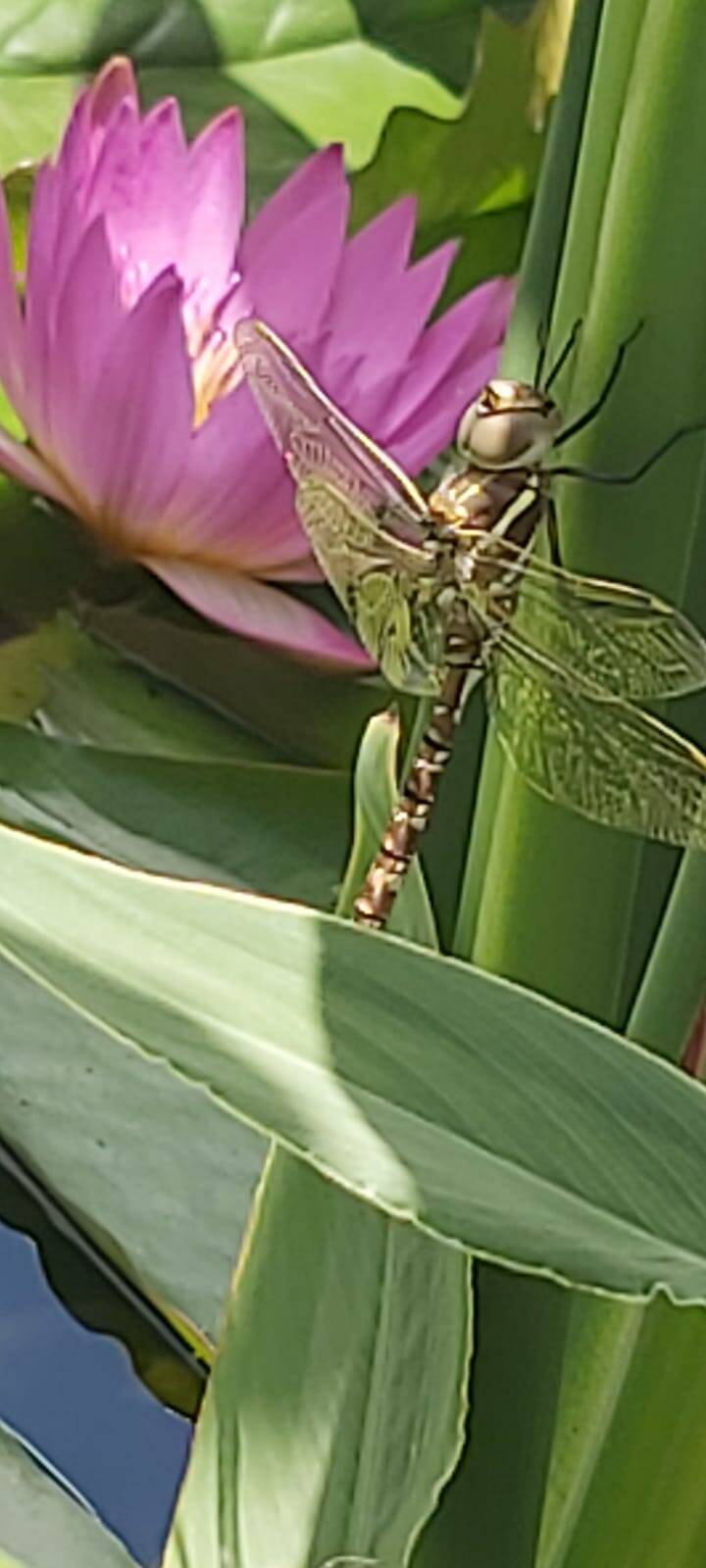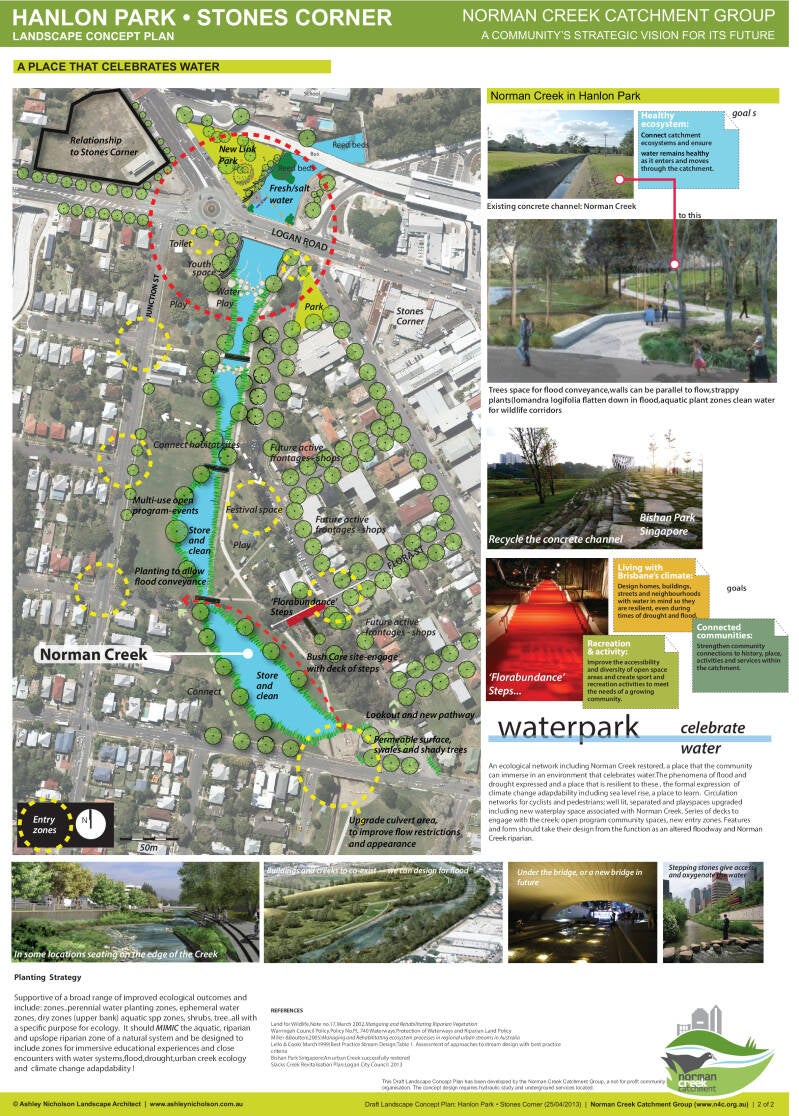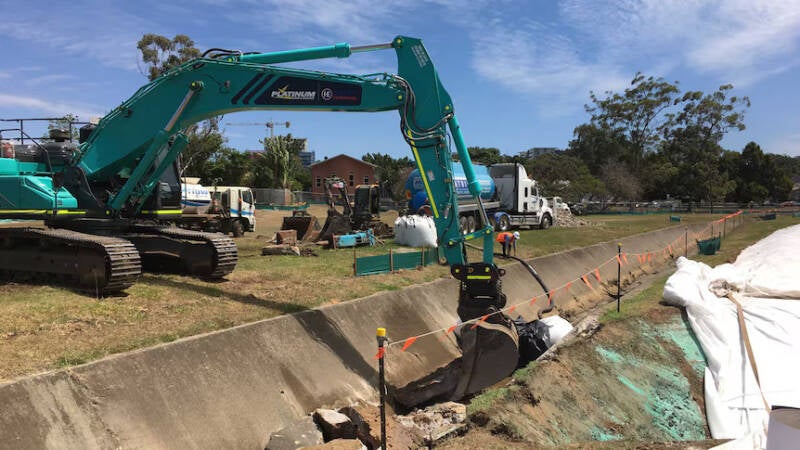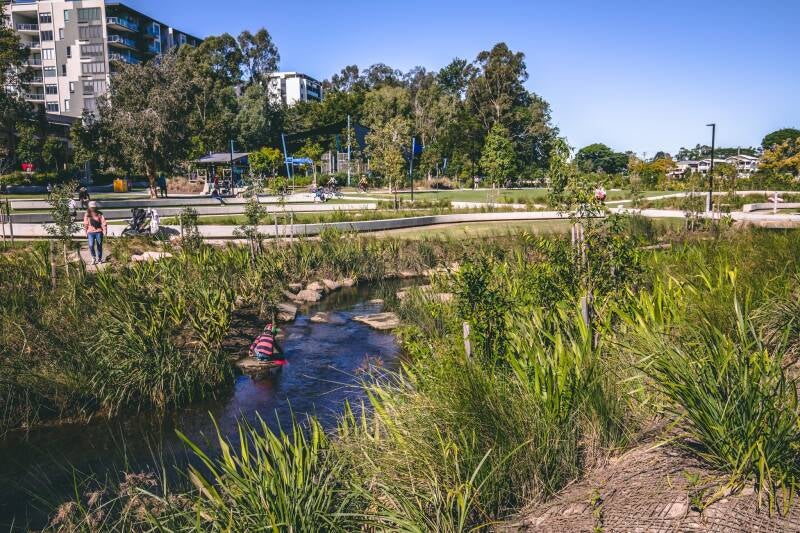DESIGN EXAMPLES
WILDLIFE GARDEN
We were engaged to create a Planting Plan for a new Wildlife Garden for a client who wanted to contribute to protecting local native plants and animals by "Habitat Gardening". They wanted to garden in an ecologically diverse space, safe for local wildlife to live in and breed. The hard landscape construction elements were to be built by a licensed landscape contractor so the necessary documentation to allow that was provided. The client wanted to carry out the planting themselves so we created a planting plan to guide and support them.
The planting plan we have completed here illustrates the location and extent of where individual species are to be planted. A plant schedule is included detailing the number, species and container size. Photos of plants represent the species specified in this design.
Other documentation created as part of the complete drawing package illustrated detailed levels, drainage design, erosion control, soil preparation and maintenance. The planting plan will attract and become a new home for a variety of native wildlife, dealing with existing erosion issues by regrading and binding the soil, improving drainage infiltration and overland flow movement, slow water for plant uptake, polish water runoff to local waterways, providing a soul stimulating place of poetic beauty, abundance and quiet repose for the clients, providing close encounters with nature.

WILDLIFE GARDEN
This planting design is for a client who wanted to protect Brisbane native plants, animals and insects that live both above and below the ground. Featuring the small tree, the floral emblem of Brisbane, the powerhouse Wattle, Acacia fimbriata, or as known to its friends, simply as "Fimby". Supporting roles in this scheme are played by Eucalyptus curtisii ,the Brisbane Plunkett Mallee, a small local Eucalyptus tree, classified as threatened due to land clearing, flowering profusely in October . As an alternative to lawn i have introduced to the stage Ottochloa gracillima, otherwise known as Graceful Grass, indeed ,gracing us with its presence with its ability to grow happily without chemicals or fertilisers while at the same time providing habitat and protection for ground dwelling lizards and escape routes for small frogs. Hovea acutifoila, the pointed leaf Hovea , will delight the Carpenter and Fire - Tailed Resin Bees with its abundant offerings of pollen and the sweetest nectars, whilst also providing the perfect food for many varieties of Butterflies including the Common Grass Blue. Lomandra confertifolia makes an appearance, with its combination of fragrant flowers and strappy foliage, will attract the attention of native bees and provide shelter for ground dwelling fauna. Finally ,in the blue corner we have Themeda triandra, also known as Kangaroo Grass, a favorite food of the Eastern Grey Kangaroo and Cockatiel and many Caterpillars.

Wildlife Garden Concept Sketch





Local insect species from my garden and suburb including a Praying Mantis eating a European Honey Bee in a Lilly Pilly Tree
VERGE GARDEN
We are currently designing a beautiful garden in Brisbane where wildlife and people can connect and flourish together. We are borrowing land right in the heart of the city: The Verge ! Verges are small strips of land, between the roads and boundaries normally covered in lawns but they can potentially be much more. They are like the veins of our cities, moving us from place to place, potentially shaded by trees and surrounding us with native plants providing food ,water, shelter and sites to breed for our wildlife.

Verge Garden Concept Sketch
URBAN FOREST The urban forest design includes creating new areas of vegetation and augmenting existing areas with locally occurring
species of native groundcover, grasses, shrubs, vines and trees including Eucalyptus in Brisbane and South East
Queensland. The threatened Eucalyptus curtisii, known as the Brisbane Plunket Mallee, that naturally occur in Brisbane
will feature. These areas of natural beauty will provide important places and opportunities for people to connect with
and conserve nature, habitat for our native animals and insects and improve the livability of Brisbane through improving
air quality and reducing the heat island effect occurring now as a result of densification. The projects can be of any scale
from a container on a balcony or in a courtyard, a private garden of any size, bushland reserves or a forest in need of
recovery, creek corridors riparian, an existing commercial or industrial garden, within a public park or green space and
even a street verge or footpath !

Urban Forest Concept Sketch
NEW PARK
Birdwood Road Community Group engaged Ashley to support their alternative vision to a development
proposal for a section of Norman Creek in Greenslopes, Brisbane. The project proposed restoring and
celebrating the ecology of Norman Creek at this location. Green spaces are the lungs our cities.

Birdwood Road Park Concept Plan

Norman Creek Section Birdwood Road
WILDLIFE ART

"Visitor"
Original artwork by Kerry Norman
Kerry is a world-class artist, an Eclectic Artist and Art Therapist who creates joy through art..
Copyright Kerry Norman
WILDFLOWER BOMB
This concept illustration celebrates a life well lived by a gentle soul ...a native wildflower planting in
Toowong Cemetery, Brisbane, a quiet place of rest and reflection.

Wildflower Garden Concept Sketch
CREEK RESTORATION MASTERPLAN
In 2013 Ashley was engaged by the Norman Creek Catchment Group to create a landscape concept plan for Hanlon Park. The plan was made to communicate a new vision for a section of Norman Creek at Stones Corner in Brisbane. This section of the creek was once an important wildlife corridor, a place of abundance, where fresh water met saltwater, where riparian vegetation with stands of ancient Eucalyptus, shrubs and vines would have supported First Nations Peoples connection to country and provided sustenance. Now erased and bound by concrete, efficient at moving water, yet void of biodiversity.
AIM: Remove the concrete channel and return a more natural creek system. "Daylight" the creek, free it from its concrete prison !
My design was used by the group to communicate their vision to the Brisbane City Council and other community stakeholders. The Council then engaged Bligh Tanner as the principal design consultant for the Hanlon Park Waterway Rejuvenation project, constructed by EPOCA Constructions in 2022. The concrete channel was removed and replaced with a more natural creek system.
Ashley's Planting Design Strategy For The Creek Restoration ...
"Supportive of a broad range of improved ecological outcomes and include zones for : Perennial water planting, ephemeral water, dry zones(Upper bank), aquatic, shrubs and trees, all with a specific purpose for ecology. It will mimic the aquatic, riparian and upslope riparian zone of a natural system and be designed to include zones for immersive educational experiences and close encounters with water systems, flood, drought, urban creek ecology and climate change adaptability".


Concrete channel during removal

With the channel removed . Image Bligh Tanner

Wildlife Habitat

Completed Project Hanlon Park Stones Corner, Norman Creek reimagined to allow close encounters with
water
Image Credit Bligh Tanner Lead Consultants
© 2025 gentle by nature
Create Your Own Website With Webador